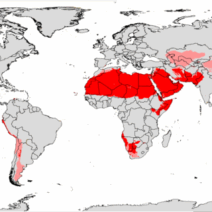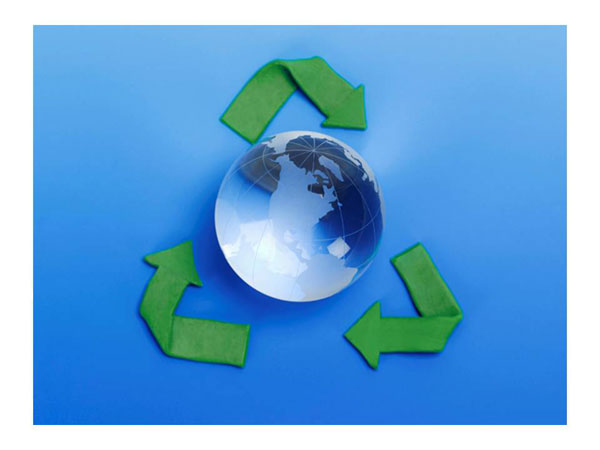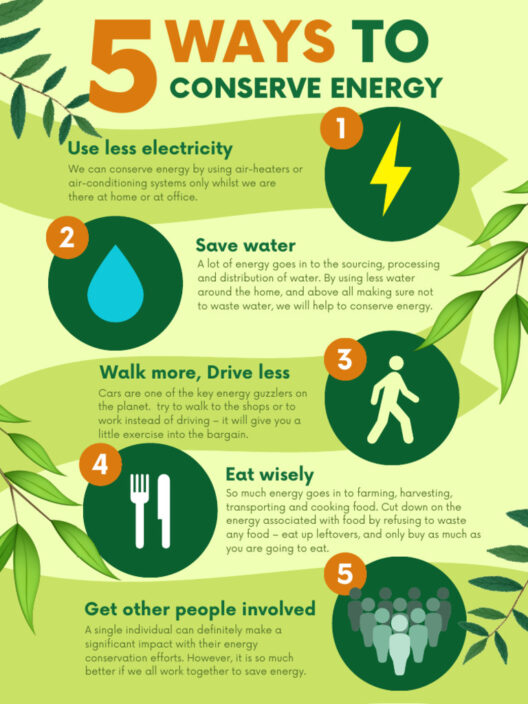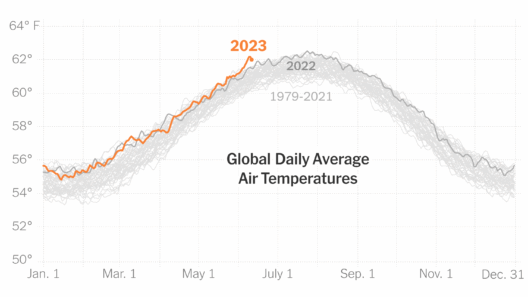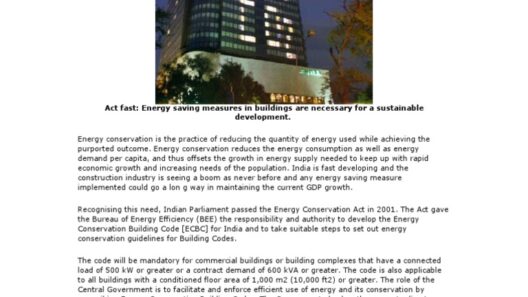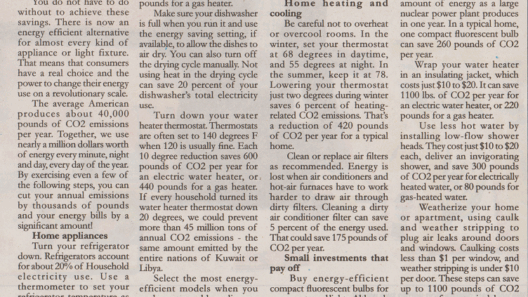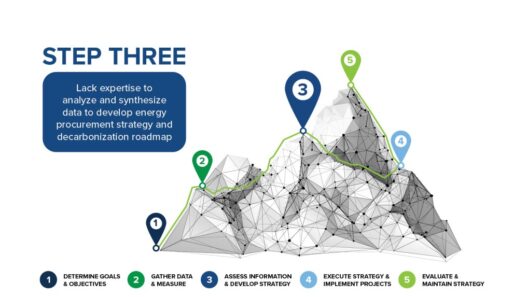How often do you look around your home, your office, or any public space and wonder, “What happens to all the stuff we use once and toss away?” Imagine a world where everything could have a second chance instead of ending up in a landfill. This is the heart of the “Triple R” concept: Reuse, Reduce, and Recycle. By delving into these three fundamental pillars of resource management, we unveil how they collectively conserve energy and mitigate environmental repercussions.
The Significance of Energy Conservation
Energy conservation is paramount in our quest to combat climate change. From fossil fuels to renewable sources, energy is a finite resource that powers our daily lives—whether through electricity, transportation, or industrial processes. The extraction, production, and distribution of energy, particularly from fossil fuels, contribute significantly to greenhouse gas emissions. Hence, minimizing energy consumption is imperative not only for our environment but also for the sustainability of life on Earth.
Reduce: The Art of Less
Reducing consumption is perhaps the simplest yet most impactful first step in the Triple R approach. By consciously limiting the amount of materials we buy, we decrease the demand for production. Consider this: every product manufactured requires energy—energy for raw material extraction, manufacturing processes, transportation, and eventual disposal. When we opt for less, the cumulative effect can be staggering.
For example, opting for digital formats instead of paper can dramatically cut down on energy used in pulp and paper manufacturing. A single ton of paper may require up to 24,000 gallons of water and generates a significant carbon footprint. Simply embracing a digital era can, therefore, lead to substantial energy savings.
Nonetheless, reducing isn’t merely about cutting back on purchases; it also involves fostering a mindset geared toward sustainability. Challenges arise when considering what constitutes excess and what does not. Do we really need that latest gadget? Or can we make do with what we already possess? This introspective approach can encourage a more deliberate engagement with consumption.
Reuse: The Gift of Longevity
When pursuing a more sustainable lifestyle, reusing extends the life cycle of products already on hand. Instead of relegating items to the trash bin after their initial use, think creatively about how they can be repurposed. This practice confers several advantages: it reduces the need for new products, saves energy associated with manufacturing, and minimizes waste.
For instance, glass jars can be transformed into storage containers or planters. Old clothes can be converted into quilts or cleaning rags. Each act of reuse diminishes the energy required for the creation of a new item—an endeavor that is not merely an environmental win but also an exercise in creativity and resourcefulness.
The challenge lies in changing perceptions around the value of second-hand items. A societal mindset that prioritizes newness can stifle the opportunities found in reusing. By championing the reuse movement and demonstrating its benefits, individuals can stimulate a cultural shift that embraces sustainability.
Recycle: The Energy Renewal Process
Recycling serves as the final link in the Triple R chain, transforming waste materials into new, usable products. This process inherently conserves energy. The recycling of aluminum, for instance, saves up to 95% of the energy required to create new aluminum from bauxite ore. Similarly, recycled paper requires significantly less energy than its virgin counterpart.
The intricacies of recycling highlight the closed-loop system that can be established. When materials are recycled, they require less energy and fewer natural resources to produce new items. In essence, recycling conserves the energy that would otherwise be expended on extracting raw materials.
The challenge here, however, is the efficiency of the recycling infrastructure. Many regions struggle with contamination of recyclable materials, which can compromise the recycling process’s effectiveness. Education on proper recycling practices is essential to ensure that the materials can be effectively processed and reused.
Integrating the Triple R into Daily Life
Integrating the principles of reduce, reuse, and recycle into your daily life may appear daunting at first, but small and consistent changes can lead to meaningful outcomes. Start by assessing your consumption habits. Create a plan to reduce waste, prioritize products with minimal packaging, and practice mindful shopping. Engage in local initiatives like community clean-ups that promote recycling and raise awareness.
Community participation can foster a sense of belonging while collectively addressing environmental challenges. Challenging friends and family to adopt the Triple R mindset can cultivate an atmosphere of shared responsibility for our planet’s future. Consider hosting workshops aimed at educating others on the significance of the Triple R approach—what better way to reinforce your commitment while helping others learn?
The Ripple Effect of Sustainable Practices
Ultimately, the Triple R strategy’s impact extends beyond individual actions. By fostering a culture that values reducing, reusing, and recycling, we cultivate an awareness of energy conservation and its significance for future generations. The more we engage with these practices, the more we lower our collective energy consumption—transforming individual behaviors into a powerful movement that could reshape our societal values.
To encapsulate the essence of sustainability, it is crucial to view reusing, reducing, and recycling not just as individual practices but as interconnected actions that synergize to create a profound impact on energy conservation. Each choice reverberates through our communities and the environment in ways we might not immediately see. So, the next time you consider discarding something, ask yourself: Is this item truly finished, or can it embark on a new journey? The challenge is yours. Embrace the Triple R impact and contribute to a more sustainable future.


